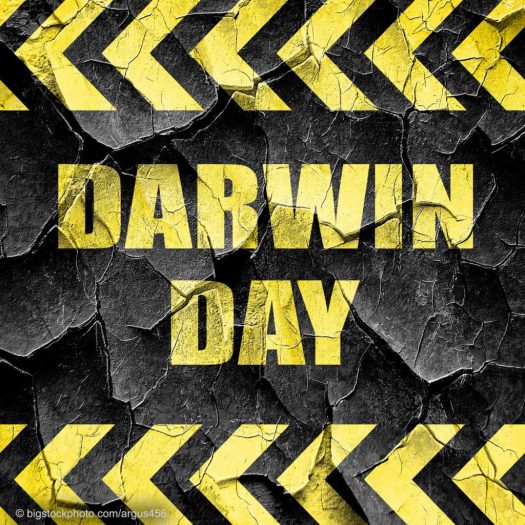
On February 6 SpaceX launched a red Tesla roadster convertible owned by billionaire CEO Elon Musk in a trajectory toward Mars. The photo from an onboard camera shows the dummy driver leaving Earth and driving to Mars.
Will the car ever get there? Astronomers say that it will go into orbit around the Sun and eventually come to the vicinity of Mars. However, it will probably not come very close to the planet depending on the timing of orbits. It has no onboard thrusters to adjust its direction for driving to Mars. At any rate, it will take several months to arrive anywhere near Mars. The closest Mars ever comes to Earth is 33 million miles (54.6 million kilometers). It takes a long time to “drive” that far.
Musk has been promoting the idea of colonizing Mars. His company has developed the world’s most powerful space rocket, the Falcon Heavy Rocket, which they used to launch Musk’s car. However, Mr. Musk doesn’t seem to be doing much to solve the problems of interplanetary space travel. For humans to survive on long space flights away from the protection of Earth’s atmosphere and magnetic field, will require much more effort than launching them into space.
Earth has been designed to shield us from the deadly effects of space. Of course, the vacuum of space would be deadly to anyone not in a pressurized suit or cabin. That problem has been solved to allow astronauts to live in the International Space Station and make spacewalks. If the tires on the car were pressurized, I suspect they would have blown out by now. Another problem is food, medicine, and other supplies. Resupply launches provide for the needs of people on the ISS, but that would not be practical for people traveling to or colonizing Mars.
Perhaps the biggest challenge is cosmic radiation and debris coming from outer space. Earth’s atmosphere is designed to protect us from those things. The space station in low Earth orbit is still somewhat within the magnetic field of Earth. In outer space, the only protection is what you can take with you. Apparently, from what Elon Musk posted on Twitter, his car was headed on a dangerous trip into the asteroid belt beyond Mars.
Musk said in a news conference that the car was “just going to be out there in space for maybe millions or billions of years.” That may be doubtful. Musk admitted that SpaceX had not tested the materials of the red convertible for space endurance. The mannequin space traveler is wearing an authentic space suit, but the car is made of the usual materials. Even if the car avoids major collisions with asteroids, it will become riddled with pockmarks from micrometeorites. Leather, fabrics, plastics, and even the carbon-fiber frame will break down from exposure to unfiltered sunlight and cosmic radiation. The carbon-carbon and carbon-hydrogen bonds in those materials will break down, and the car will fall apart. At least one scientist, William Carroll, a chemist at Indiana University and an expert on plastics and organic molecules, said, it won’t last a year in space.
One more thing to note is that the radio in the car was playing David Bowie’s song “Space Oddity.” However, sound can’t travel through a vacuum, and since there is no atmosphere in space, the radio is playing the sound of silence. The battery will run down in a short time anyway. Driving to Mars is going to be a challenge, even in a well-designed spaceship. The need for power, food, protection from the elements and many other things, make us very happy to live on planet Earth. It almost seems as if Someone designed this place for us to call “home.”
–Roland Earnst © 20018
To read more about this click here and here and here and here.










